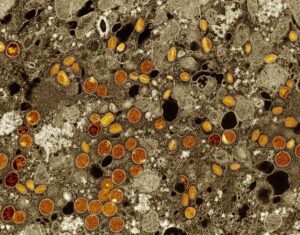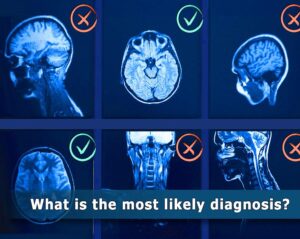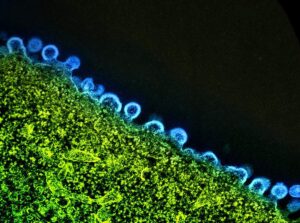These findings show that not only can these debilitating symptoms be targeted, they can also be prevented, says the lead author, Fiona Streckmann, PhD, a research associate in the department of Sport, Exercise and Health at University of Basel in Switzerland.
“This can empower patients to contribute to their own health and maintain their quality of life while receiving their optimal cancer therapy,” says Dr. Streckmann.
The Majority of People Who Receive Cancer Treatment Develop Neuropathy
“I’ve had people tell me it feels like they are walking on rocks, numbness, or like a vice grip. In the hands, [neuropathy] can make it hard to grip things and go about daily activities, and in the legs and feet, it can cause balance and walking issues,” she says.
Although these debilitating symptoms can go away after cancer treatment ends, they become chronic about 50 percent of the time, according to the authors.
Simple Exercises Twice a Week Cut the Incidence of Neuropathy
To find out if certain exercises could decrease symptoms and the onset of CIPN, Streckmann and a German research team randomly placed 158 people receiving chemo (either oxaliplatin or vinca alkaloids) into one of three treatment groups:
- Sensorimotor training twice a week for 15 to 30 minutes per session: These exercises focused on balance, such as standing with one foot in front of the other, as if on a balance beam. People in this group did 4 exercises per session. Each exercise was performed 3 times for 20 seconds, with a 40-second rest between sets.
- Whole-body vibration training twice a week for 15 to 30 minutes per session: Patients would stand on a side-alternating vibration platform on their forefeet (front of feet) for 4 sets of 30- to 60-second vibration periods, followed by a minute of rest. The rapid rocking of the platform causes a tilting motion of the pelvis (as in walking) but much more frequently. This activates muscles in the legs, abdomen, and up through the core.
- Standard care: Chemo and recommended medications, but not physical therapy
The physical therapy exercise sessions were conducted during the same time period as the chemotherapy treatment sessions. The oncologists treating the study participants were told to ask about any symptoms of neuropathy at regular visits, and the participants were assessed 12 weeks after completing their course of chemotherapy.
Regular examinations over the next five years showed that about 70 percent of the control group (those who received standard care) developed CIPN compared with 30 percent in the sensorimotor training and 41 percent in the whole-body vibration group.
In other words, the exercises undertaken alongside chemotherapy reduced the incidence of nerve damage by 50 to 70 percent.
Those in the exercise intervention groups gained better balance control and reduced neuropathic symptoms, such as pain and tingling, compared with the control group. They also reported a better quality of life, were less likely to have to reduce their dose of cancer medications, and were less likely than the usual-care group to die during the five years after chemotherapy.
These findings show that exercise should be taken more seriously as a promising option to reduce the risk of neuropathy caused by chemotherapy, as treatment options are lacking, says Streckmann.
The reduction in neuropathy in the exercise groups aligns with what Dr. Schmitt sees in her own work with cancer patients, she says, adding that some people experience such painful neuropathy that their chemotherapy doses have to be reduced, which could have an impact on outcomes.
“I think it’s great that they started the interventions 24 to 48 hours after chemotherapy was introduced. This makes sense given what a big side effect neuropathy is for the majority of patients,” says Schmitt. “These exercises could help people get their optimal treatment, and get through their treatment stronger.”
Chemo-Induced Neuropathy Doesn’t Have to Be Inevitable
In the cancer treatment world, it’s often assumed that neuropathy is an inevitable side effect of chemotherapy, says Schmitt.
“That’s not the right answer. We know that we can do exercise interventions like this to help make a big difference, and it’s something that this study shows really well,” she says.
Schmitt believes that as the evidence for these exercises continues to grow, it could become a standard therapy that would go along with chemotherapy treatment to reduce neuropathy.
An Exercise Program May Not Be Accepted by Everyone
A cancer diagnosis and all that goes with it can be very difficult on many fronts, says Schmitt. It can cause anxiety, lots of emotions, and challenges because of how much time treatments and appointments take, and how you feel throughout the process, she says.
“Adding another commitment like the exercises in this study may be difficult, but there are a lot of benefits. Not only might it help manage your symptoms and [help] complete your treatment, but it can also make you feel more in control during a process where you’re often not able to be in control,” she says.













Post Comment